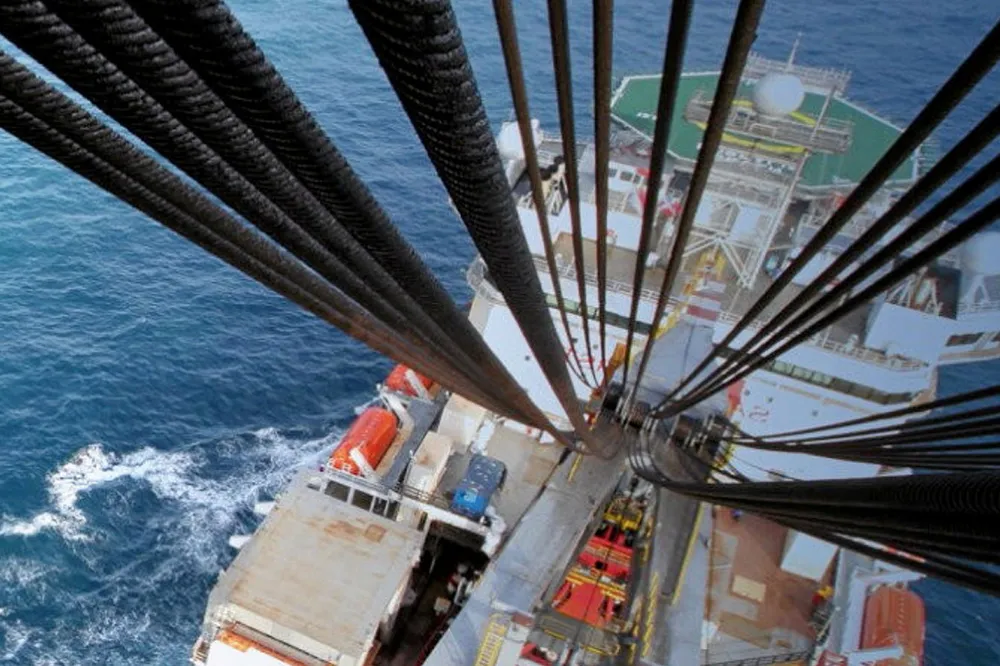Subsea 7 and Simply Blue Energy set floating wind sails for Scottish deep waters
Offshore oil contractor partners with Irish developer on 200MW Salamander ahead of ScotWind round, in the wake of announced plans off Ireland and Wales

Offshore oil contractor partners with Irish developer on 200MW Salamander ahead of ScotWind round, in the wake of announced plans off Ireland and Wales
